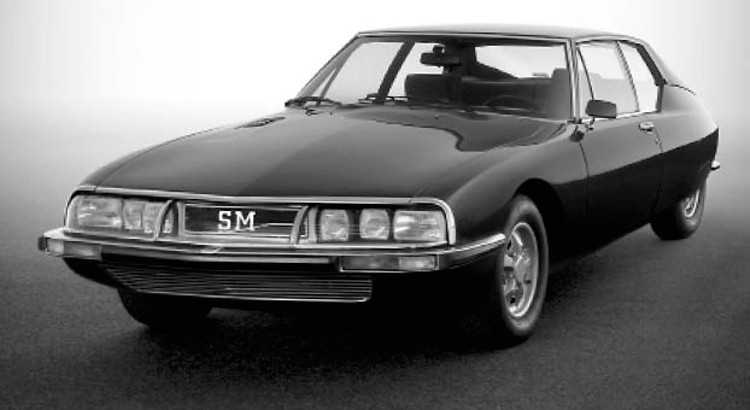 Citroën is a French automobile manufacturer with a rich history dating back to the early 20th century. The company was founded by André Citroën in 1919, and quickly established itself as a leading innovator in the automotive industry.
Citroën is a French automobile manufacturer with a rich history dating back to the early 20th century. The company was founded by André Citroën in 1919, and quickly established itself as a leading innovator in the automotive industry.
Before 1944, Citroën had already made a name for itself as a pioneer in the field of automobile design and manufacturing. The company's first car, the Type A, was launched in 1919 and was an immediate success. This was followed by the Type B in 1920, and the Type C in 1921. These early cars were known for their innovative design, which included features such as an overhead valve engine, a low center of gravity, and a lightweight construction.
In 1924, Citroën introduced the Type C5, which was a significant improvement over its previous models. This car featured a more powerful engine, a more comfortable interior, and improved handling. It also had a unique suspension system that allowed for a smoother ride and better handling.
In the 1930s, Citroën continued to innovate and push the boundaries of what was possible in the automotive industry. The company's most notable achievement during this decade was the launch of the Traction Avant in 1934. This car was the first front-wheel drive car to be mass-produced, and it was a revolutionary design that set the standard for future cars. The Traction Avant featured a monocoque body, which made it lightweight and aerodynamic, and it had a low center of gravity for better handling.
In addition to its innovative cars, Citroën was also known for its bold marketing campaigns. The company's logo, the double chevron, was a recognizable symbol of the brand, and it was used in a variety of different contexts to promote the company's cars.
Citroën also had a strong presence in motorsports, competing in various races and rallies throughout the 1920s and 1930s. The company's cars were known for their speed and reliability, and they often performed well in competitions.
Despite the challenges posed by World War II, Citroën continued to produce cars and innovate during the 1940s. The company's cars were known for their unique design, advanced technology, and superior performance.
In conclusion, before 1944, Citroën had already established itself as a leading innovator in the automotive industry. The company's cars were known for their unique design, advanced technology, and superior performance. Citroën was also known for its bold marketing campaigns and strong presence in motorsports. The company's legacy continues to this day, and it remains one of the most respected and recognizable brands in the automotive industry.
In the years following World War II, Citroën was looking to rebuild and expand its operations. The company had been heavily damaged during the war, and many of its factories had been destroyed. However, Citroën was determined to come back stronger than ever.
One of the first major steps that Citroën took was to introduce a new model, the 2CV. This car was designed to be affordable and practical, and it quickly became one of the most popular cars in Europe. It was known for its simple design and excellent fuel economy, and it helped to establish Citroën as a leader in the car industry.
In 1955, Citroën introduced the DS, a car that was unlike anything else on the market. The DS was a revolutionary design that featured a unique hydropneumatic suspension system, which gave the car a smooth ride and excellent handling. The car was also known for its futuristic design, which was a stark contrast to the more traditional cars of the time. The DS quickly became one of the most popular cars in the world and is still considered one of the most iconic cars in history.
In the 1960s, Citroën continued to innovate and push the boundaries of car design. The company introduced the Ami 6, a compact car that was designed to be affordable and practical. The Ami 6 was a huge success and helped to establish Citroën as a leader in the compact car market.
In the 1970s, Citroën faced financial difficulties and was forced to merge with Peugeot. The merger was not an easy one, and the two companies struggled to find common ground. However, over time, the merger proved to be a success, and Citroën continued to innovate and produce new models.
In the 1980s, Citroën introduced the XM, a luxury car that was designed to compete with the likes of Mercedes and BMW. The XM was a huge success and helped to establish Citroën as a major player in the luxury car market.
In the 1990s, Citroën continued to innovate and produce new models. The company introduced the C5, a car that was designed to be affordable and practical. The C5 was a huge success and helped to establish Citroën as a leader in the car industry.
Today, Citroën is still a major player in the car industry. The company continues to innovate and produce new models that are designed to be affordable and practical. Citroën has a rich history and has played a major role in shaping the car industry. The company has come a long way since its inception and has proven that it is a force to be reckoned with.
Citroen vin plate
